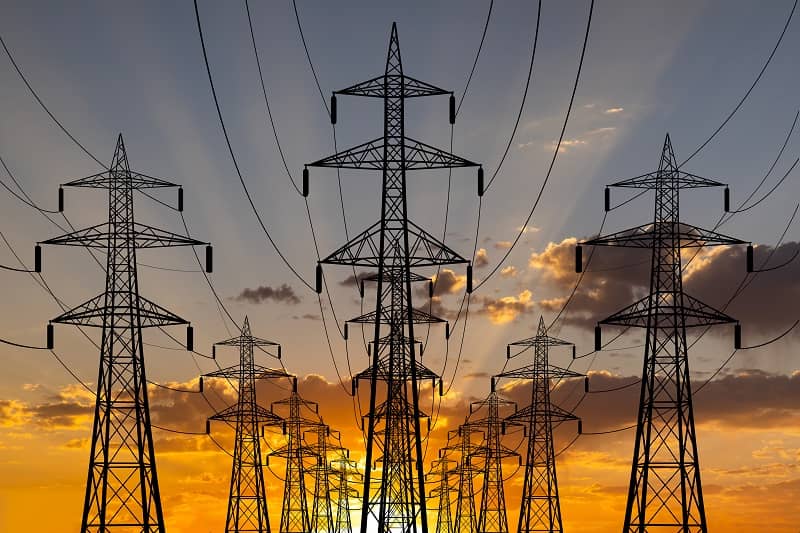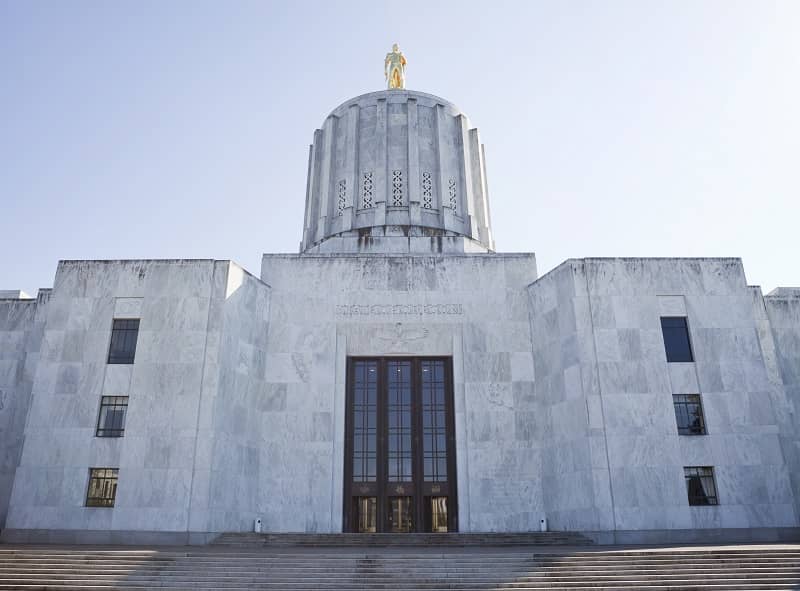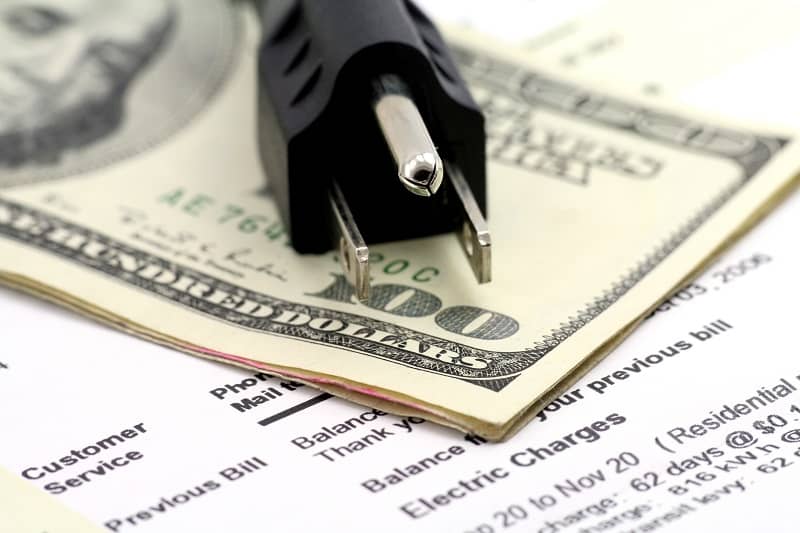President Obama’s Fiscal Year 2013 budget includes $310 million for an ongoing energy research program called SunShot. The goal of the program is to use taxpayer subsidies to reduce the total installed cost of solar energy by 75% by the end of this decade, making it cost-competitive with other sources.
This is an admirable goal, but linking it to ongoing subsidies virtually guarantees that it won’t be met. There is no reason for private companies to develop inexpensive technology when politicians keep giving away money each year for research.
We’ve already seen this approach fail in Oregon. In 1999, the state legislature passed a law requiring that most consumers pay a three percent surcharge on their monthly electric bills to subsidize “market transformation” for renewable energy. Legislators and lobbyists agreed that the tax – which came to be known as the “Public Purpose Charge” – would go away after ten years, at which time green power was expected to be cost-competitive with coal and natural gas.
The ten-year anniversary of the Public Purpose tax will arrive on March 1, and solar energy is still wildly uncompetitive with other sources. And not surprisingly, politicians have reneged on the promise to end the tax; it was quietly extended five years ago to 2026 by the legislature, with no public discussion. This will cost consumers billions of dollars.
Politicians never seem to learn: Subsidizing failure simply begets more failure.











